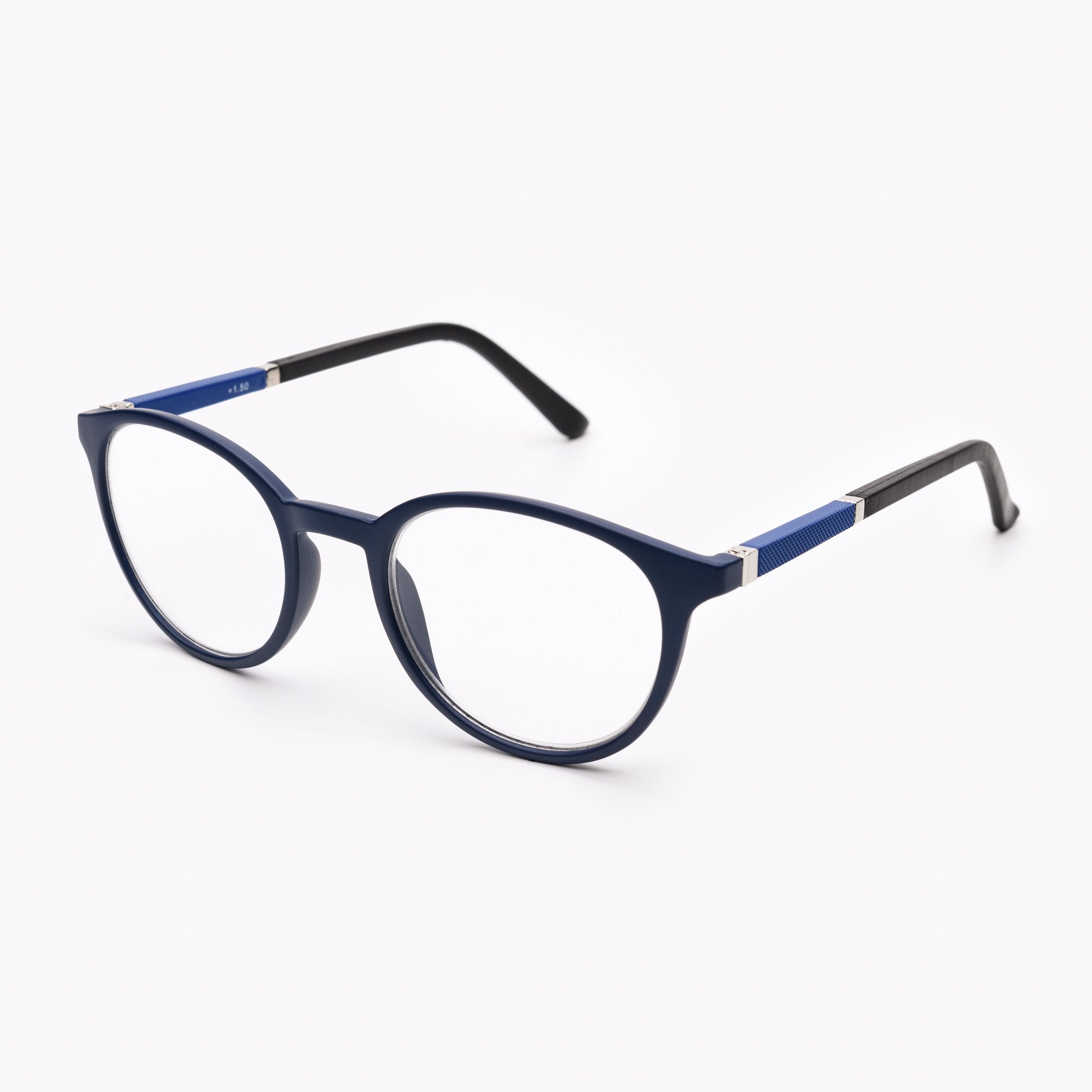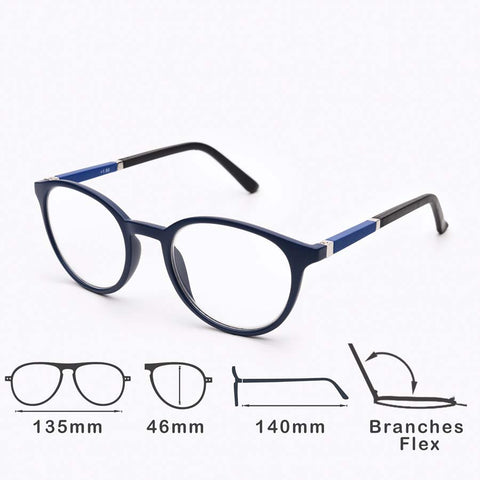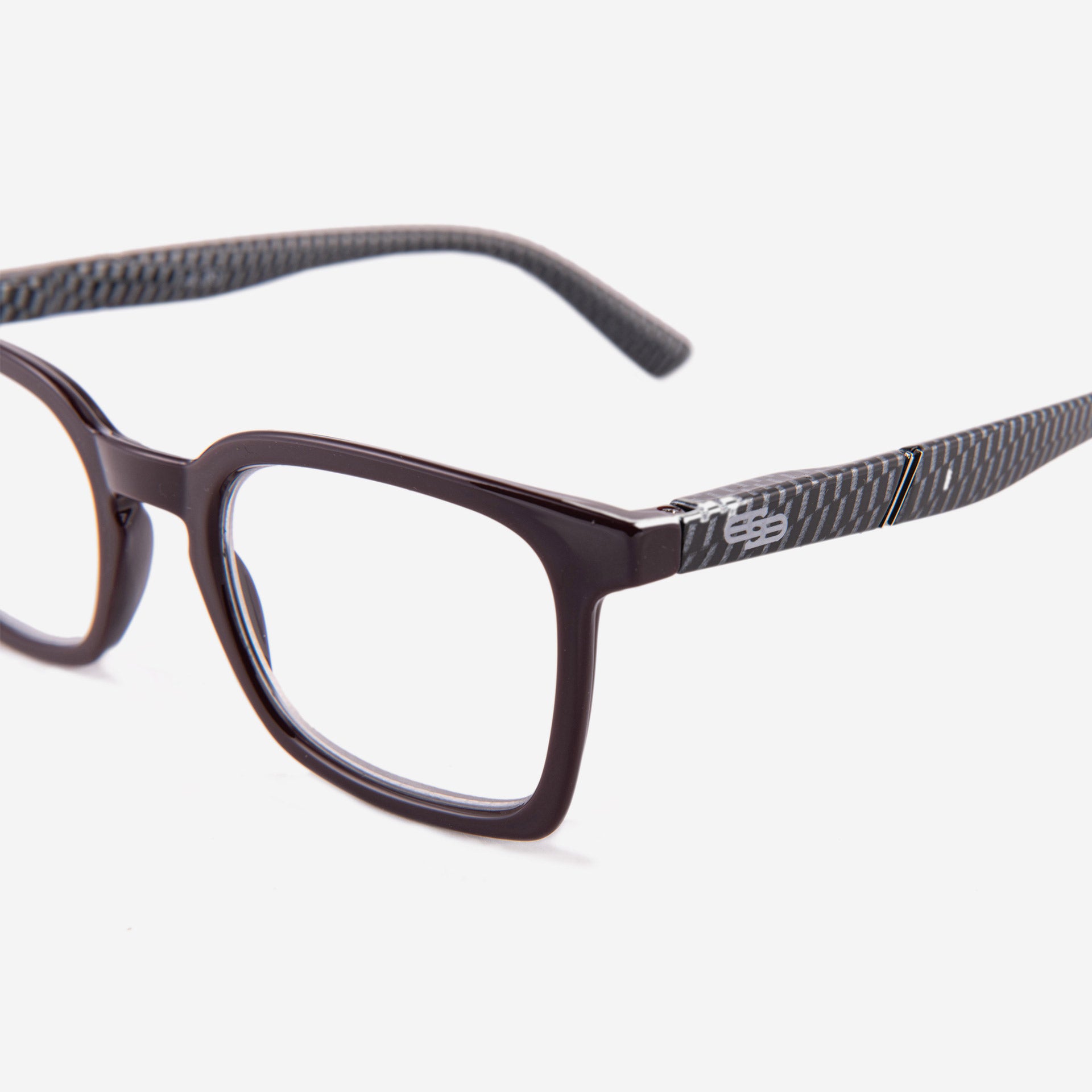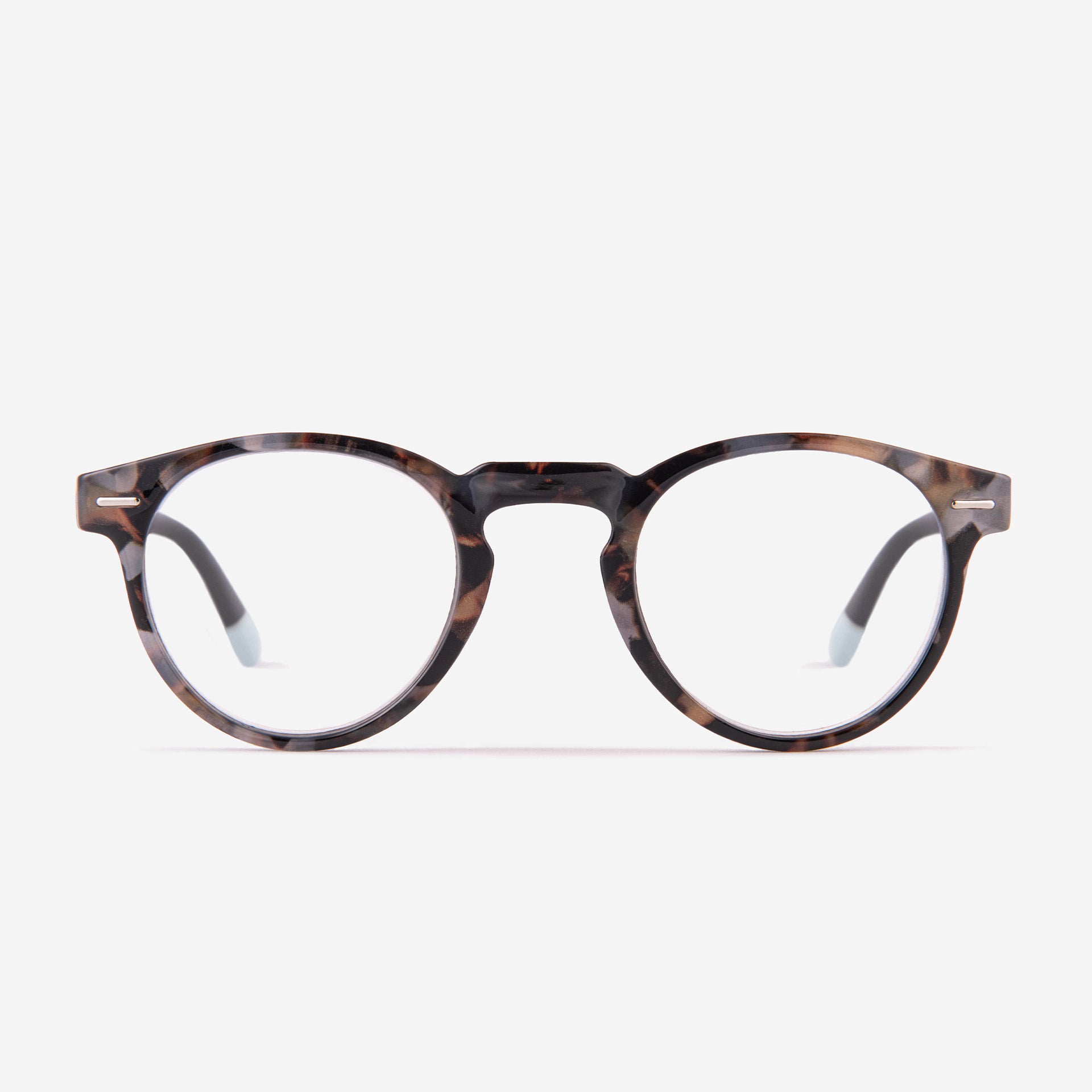What is presbyopia?
Presbyopia is a natural development of sight that can affect anyone, both men and women. If you are wondering at what age does one become presbyopic? You should know that presbyopia develops from the forties. After a certain age, the lens behind the pupil loses its elasticity and its ability to accommodate. Because of this permanent modification, the eye can no longer restore a clear image, which is when the presbyopic has difficulty seeing up close. To find out if you have presbyopia and need reading glasses, there is a presbyopia test that allows you to diagnose your level of presbyopia and the diopter you need.

What is myopia?
Myopia is caused by an eye that is too long. A person who has normal sight when looking at an object, the image of it forms on his retina. In a myopic person, the image is formed in front of the retina. So how does a myope see? Indeed, myopia is a vision disorder that is characterized by clear near vision but blurred vision from afar. Unlike presbyopia, myopia is not limited to a certain age, it can affect any age, even children. As with presbyopia, there is a myopia test to diagnose the level of myopia in a person.

The cause of worsening myopia and the cause of presbyopia.
The cause of worsening myopia
The cause of worsening myopia is mainly due to age. The earlier myopia is diagnosed, i.e. in childhood, the greater the chance that it will progress quickly and reach high levels over the years. Myopia in children is usually due to genetics, it can appear from school age. Causes of nearsightedness in children can be related to near-vision activities such as reading, activities on a screen, and little outdoor activity in daylight. Myopia can develop up to a certain age and stagnate thereafter, but it can also very well worsen with age and years.
The fact of wearing glasses or not wearing glasses makes myopia worse?
The fact of not wearing glasses has no effect on the evolution of sight, the only risk is to tire your eyes.
The cause of presbyopia
The cause of presbyopia is the natural aging of the eye over time. The eye, like any other organ, ages with age and has more and more difficulty seeing up close. When the lens ages, it loses some of its flexibility by hardening and the eye can no longer accommodate as well up close: the images become blurred.

Does the quality of life fall with presbyopia or myopia?
Quality of life can be altered with presbyopia or myopia as there are different symptoms that can appear in both cases which can restrict daily activities.
The symptoms of presbyopia are:
- Difficulty reading, need to move the book away to see clearly
- Blurred near vision
- Headaches.
- Eye fatigue
Symptoms of myopia are:
- Complaints or signs that distant objects appear blurry
- Squinting
- Positioning the book close to the face while reading
- Complaints of eye discomfort or headaches
- Excessive blinking
- Constant eye rubbing
- Need to sit near the TV or at the front of the class to see the blackboard
Correction of myopia and correction of presbyopia
How to treat myopia? Well, there are several ways to correct myopia and presbyopia.
For people with myopia, the correction is generally done by wearing glasses for myopia (the stronger the myopia, the thicker the glasses will be). important) of lenses for myopia and by laser operation (which is not advisable for everyone and which is only done from a certain age).
For people with presbyopia, correction is done by wearing presbyopia glasses, magnifying reading glasses, by presbyopia lenses and by presbyopia surgery at the laser which can only be done from the age of 40.
FAQs:
Can myopia disappear?
No, myopia cannot disappear permanently, the only way to treat myopia in the long term remains the laser.
When myopia stabilizes?
Simple myopia usually appears in childhood around 6 to 8 years old and evolves until the age of 20-25 years and then stabilizes.
Can myopia make you blind?
25% of people with very high myopia become visually impaired or blind after age 60.
Can you be myopic astigmatic and presbyopic?
Whether the person is nearsighted, farsighted or astigmatic, they will also become presbyopic. So presbyopia will be added to astigmatism. Presbyopia is not a vision defect, it is an inevitable aging of the lens.
Difference between presbyopia and farsightedness?
Farsighted people see poorly from far and near. The pure presbyopic continues to see very well from afar but poorly up close.
Conclusion
Myopia and presbyopia are very common conditions that affect everyone. The most important thing is to know how to diagnose them as early as possible in order to have the most suitable treatment for each one.


































































